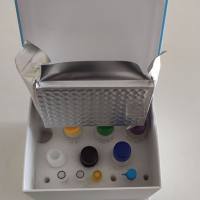Authentication of Cancer Cell Lines by DNA Fingerprinting
互联网
629
The requirement for authentication of cell lines has a history almost as long as cell culturing itself, presumably beginning when more then one cell line could be cultured continuously. The application of specific species markers, including cell-surface antigens and chromosomes, showed that interspecies misidentification was a widespread problem (1 ,2 ). Subsequently, it was shown that intraspecies contamination of human cell cultures was also a serious problem that could be monitored by the innovation of isoenzymatic analysis (3 ). After extending this approach to multiple polymorphic isoenzymes, the persistence of specific marker chromosomes in long-term-passaged cell lines demonstrated the unique power of cytogenetics (4 ). Based on the detection of chromosomal markers, it was convincingly demonstrated that multiple cell lines under active investigations were actually derived from one source, namely the HeLa cell line (5 ). Furthermore, cross-contamination among established cell lines occurred at frequencies as high as 16–35% in the late 1970s (6 ). Recently, our department demonstrated an incidence of 18% of false human cell lines (7 –9 ), indicating intraspecies cross-contaminations as a chronic problem and highlighting the badly neglected need for intensive quality controls regarding cell line authenticity.









